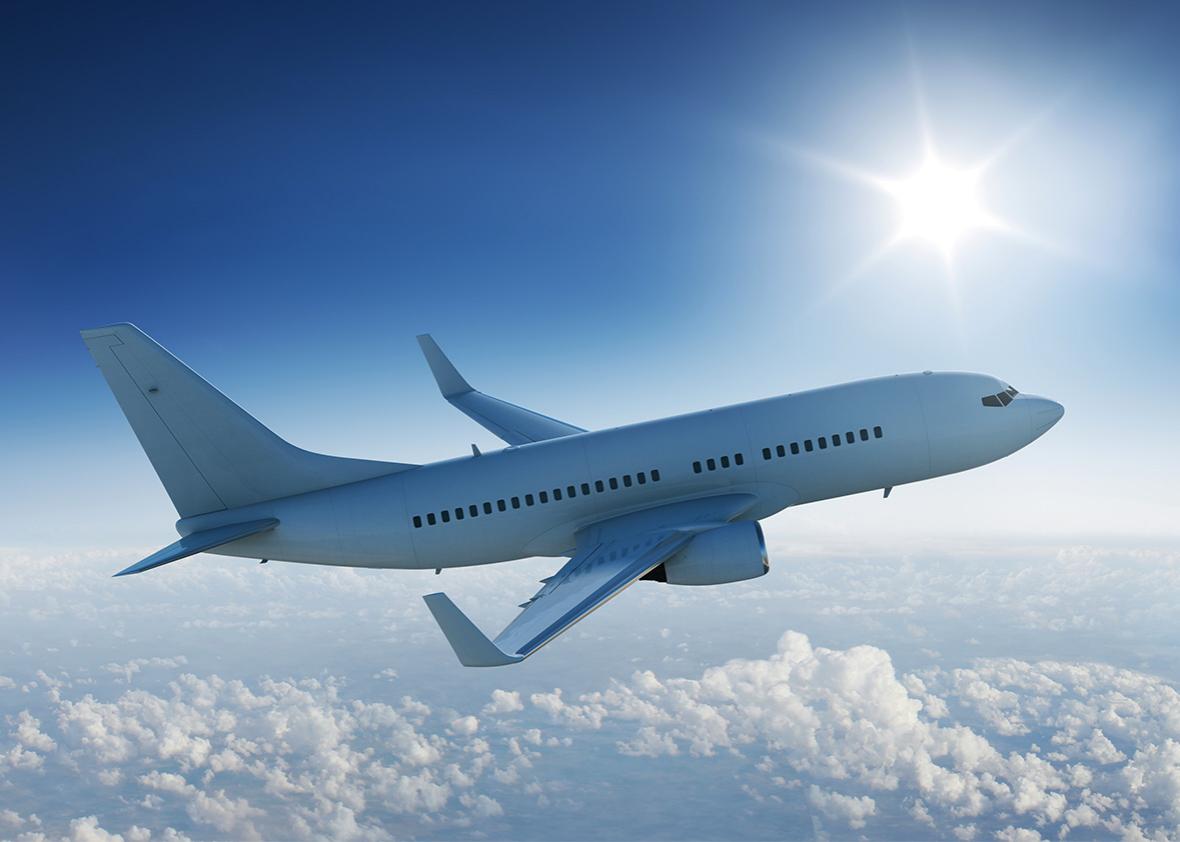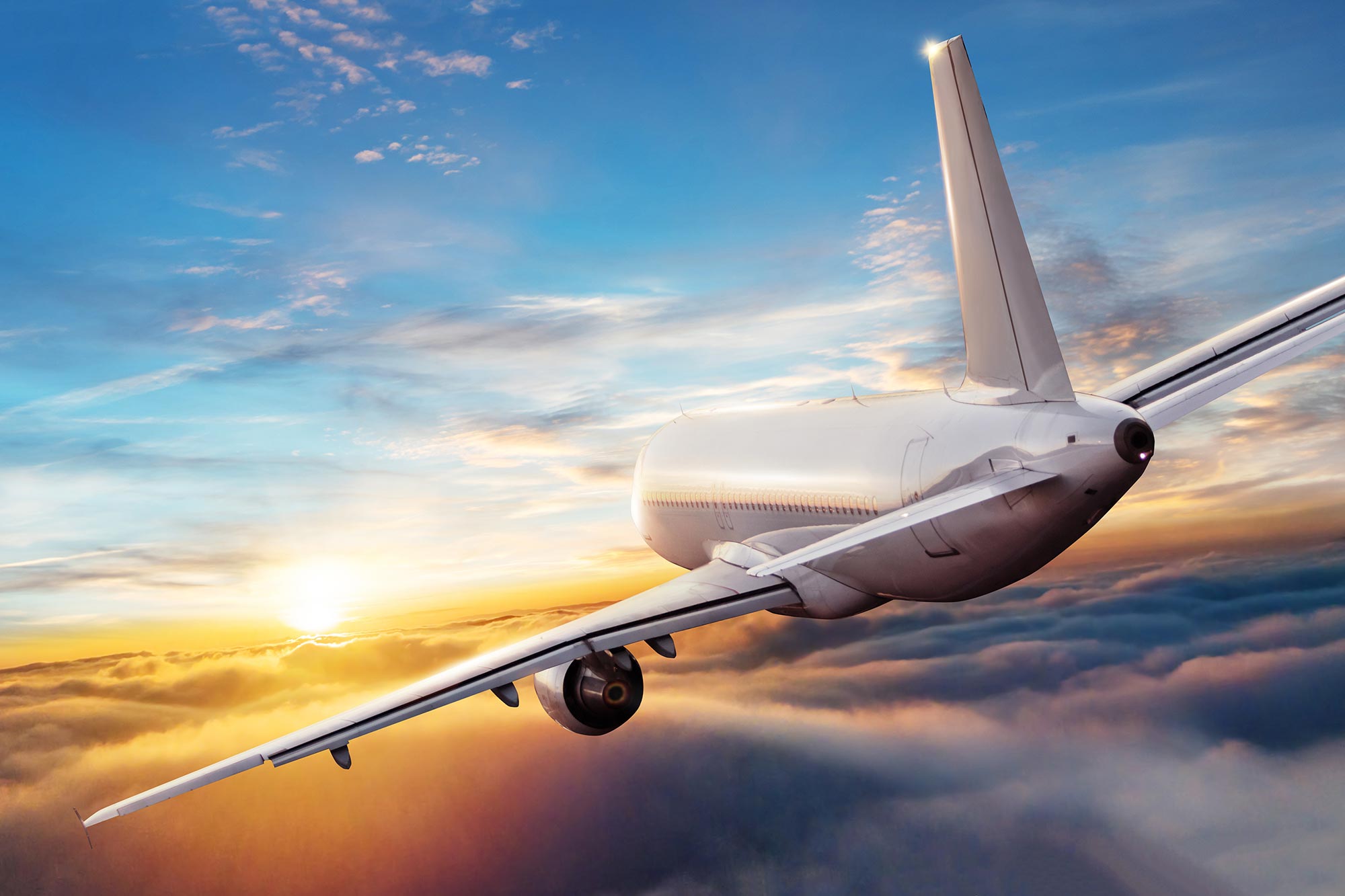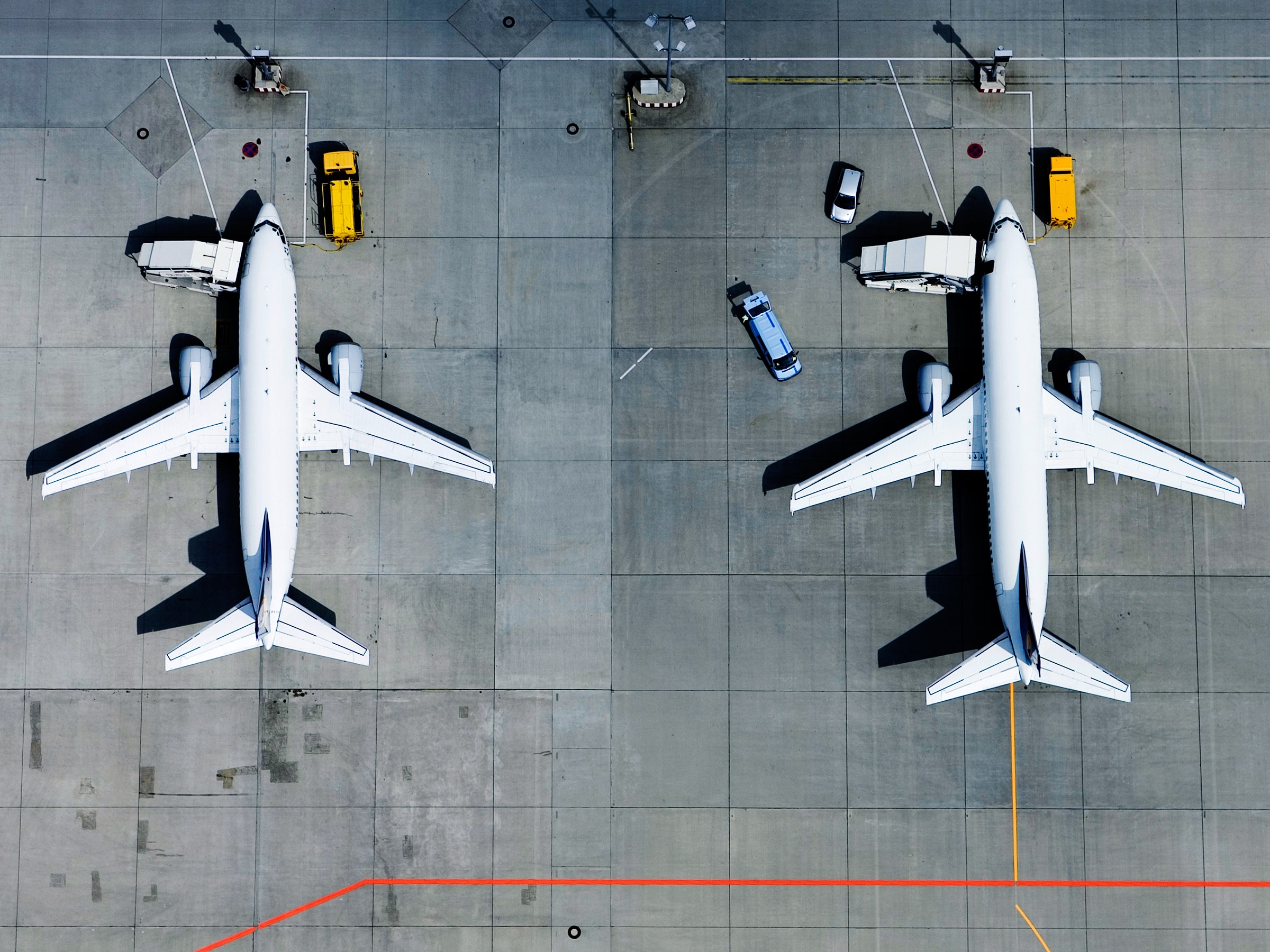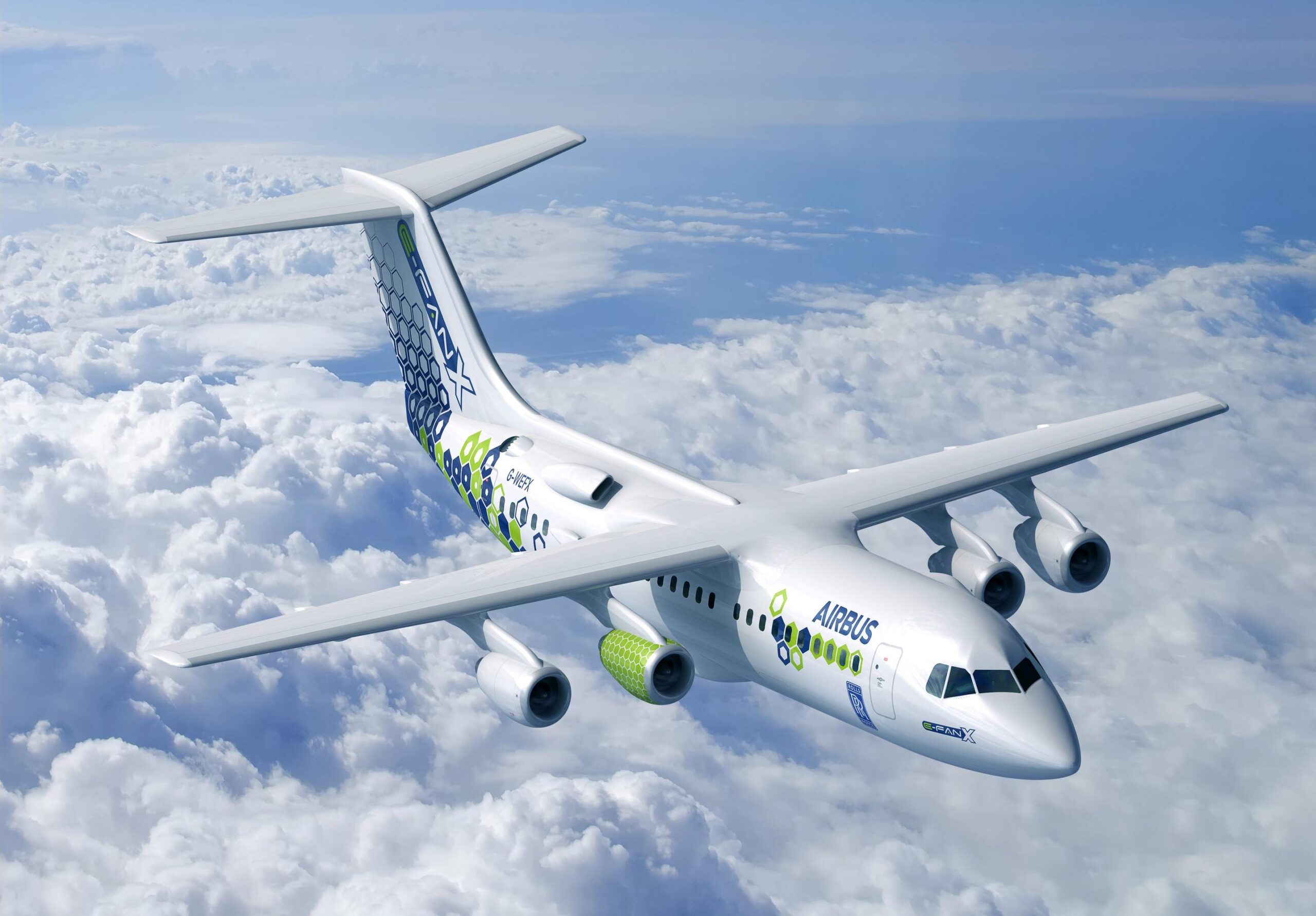Scheduling flights for customers can be a headache. Just ask the thousands of travelers who have spent hours on the phone trying to get their airline to cancel a flight that they have no intention of going on. Adding to the frustration is the fact that airlines have different rules for scheduling flights for customers and flights for operations, and in order to get your flight cancelled the airline has to follow both.
Most people know that airlines have a two tier boarding process, but do you know what it is? For most of us it’s understood that when the plane is scheduled, which is when the majority of flights are scheduled, the process is simple: pick the seat you want, wave a coupon (if available), and board the plane. The process can become a little more complex when it comes to operating flights, but a lot of the time the process is fairly simple.
You may be aware that the vast majority of cruise lines that operate out of Aruba or Curacao rotate through a set number of itineraries each week. This not only makes it easier for the cruise line to monitor and control its operations, but it also allows the ship to park at a port for a set period of time, rather than flying back to its home port each day to load and unload passengers, and allowing the ship to fly back with more passengers.
American Airlines will open a flight between Austin and Washington Dulles in August. This flight is absolutely perfect for me. I live in Austin and at one point my most frequent destination was Washington, DC – at least once a month, often twice. The current options for non-stop flights between Austin and Washington, DC are:
- Southwest Airlines currently offers one flight per day between Austin and Washington National Airport (they also fly into BWI, but that doesn’t matter). This flight is all that is legally allowed, as Austin is 1,315 miles from the national airport, and flights over 1,250 miles require special permission from the federal government.
- United Airlines offers three flights per day between Austin and Washington Dulles. All these flights have been converted into long-haul flights (Airbus A319). However, I don’t think United is a good place to fly at all because of the non-functioning internet, which is – yep – worse than Southwest’s. United also charges more than other airlines for passengers without status.
American can bring up DC – but it should be Washington Dulles
American is the second largest airline in Austin after Southwest. It is by far the largest airline at the national airport. But they can’t legally connect the two cities without a layover. I’ve always been surprised that they haven’t been able to expand their presence in Dulles, as it’s been dwindling in recent years (they even had an Admirals Club there). American Airlines has a large number of frequent flyers in D.C. through its hub at National Airport. They hardly travel more than 1,250 miles (except, for example, in London, where the joint venture British Airways flies from Washington Dulles).
It’s hard to separate operations between the two airports, but that’s the federally mandated situation, and it seems odd to turn away from important commercial markets, especially in places like Austin where the airline also has a large customer base. The flight from Washington Dulles to Austin is expected to depart soon. So it’s great to see the Americans getting down to business. Washington National not only has a limit rule, but also a lock check. American cannot have more than the total number of flights. The only way an airport can grow is by using larger aircraft, not by increasing the number of net destinations or frequencies.
Flight planning for the operation, not for the customer
American Airlines scheduled its flights from Austin to Dulles for convenience, not customer satisfaction. The intention is to operate two flights per day, so the route can be served with an Airbus A319. It’s great for surgery.
- 7:30 Departure from Austin
- 11:36 Arrival at Washington Dulles
- 12:25 Departure from Washington Dulles
- 14:25 Arrival in Austin
- 15:30 Departure from Austin
- 19:36 Arrival at Washington Dulles
- 20:20 Departure from Washington Dulles
- 22:40 Arrival in Austin
That’s the problem. It’s not the departure time you choose if you want to attract business ticket sales. I was a regular passenger on the Southwest Airlines non-stop flight from Washington DC to Austin on Thursday afternoon. The departure time was normally set for 17:45. This means I have to leave the office at a little after 4pm, which is feasible, and be home at a reasonable time. Why wait for an 8:20 departure? Even if you plan to drive to Dulles – no matter where you’re coming from, Dulles takes time because it’s in the middle of nowhere and has average lodging – you’re just wasting time.
And there’s not much to do there, remember American no longer has a club in Dulles and decent dining options are limited near their doors. If you don’t want to wait until 8pm (which, by the way, is outside the American Airlines first class restaurant window), your other option is the 12:25pm flight. They can’t work at all and kill most of the day. Austin’s start time is a little better. Something around 5pm would be better to allow for more work, but 3:30pm is not a miss either.
The 7:30am flight is not very convenient because it is an early flight, so you can’t get there early enough to do much during the day – or nothing at all if you want to go into town. This is the flight you take when you need to eat, but it leaves too early (so you’re tired) and arrives too early. The best time for business travel is from 7:00am to 9:00am and from 5:00pm to 7:00pm. Only one of the four flight segments meets this requirement, and that is the eastbound flight.
Austin to Washington – a solid path for current players

According to Cirium Diio Mi, United Airlines flew 6,486 passengers nonstop from Austin to Washington Dulles in September 2019, while Southwest flew 3,314 passengers nonstop. A total of 17,093 passengers flew in this market. American Airlines carried 1,471 passengers on flights through Charlotte and Dallas. Frontier carried 1,873 passengers between Austin and The Dalles in September 2019, and returning to that route could have a significant impact on profitability.
In the fourth quarter of 2019, United earned an average one-way fare of $257, Southwest earned $197 and Frontier earned $59. Reaching the rates of United or Southwest, with reasonably full planes, would make this route a big winner. American has more power on National and less competition on National (one flight), but United’s average fares at Dulles were higher. United has a first class cabin and Southwest does not, company contracts are on the DC side. There are specialized technology companies in Northern Virginia, adjacent to the center.
Can it work for Americans with bad schedules?
My concern is that this scheme doesn’t work and makes it seem like the route itself doesn’t work, even if it doesn’t have the best odds. On the other hand, it’s possible that the route is strong enough to succeed despite the schedule, but I have to assume that American Airlines considered this route pretty marginal before the pandemic, or they would have flown it by now. It is likely to be a business route rather than a leisure route, so it is unlikely to benefit from the shift to leisure as a result of the pandemic. That’s probably why they waited until August to introduce the line, even though it had been announced in March, assuming it would be closer to the time of the return of business travel.
Lake View from the Wing

Let’s face it, when it comes to customer service, airlines are in a tight spot. Their customers are the most important and they rely on their agents to provide a high level of service. On the other hand, operations staff do not have to deal with customers or “customers”, so their primary concern is to deliver a schedule. In most cases, the two groups only intersect when there’s a customer complaint, but how do you manage the two types of problems, which are often very different?. Read more about what are the factors to be considered in airline scheduling? and let us know what you think.
Frequently Asked Questions
Why is scheduling very important in the airline operation?
Scheduling is a way to optimize a business unit’s operations. It can be used to optimize the schedule of all the flights within the airline. It can be used to optimize the schedule of all the flights within the airline. It can be used to optimize the schedule of all the flights within the airline. It can be used to optimize the schedule of all the flights within the airline. It can be used to optimize the schedule of all the flights within the airline. It can be used to optimize the schedule of all the flights within the airline. It can be used to optimize the schedule of all the flights within the airline.
It can be used to optimize the schedule of all the flights within the airline. It can be used to optimize the schedule of Everything in the airline industry revolves around schedule. Whether you’re a passenger or an employee, you want to be sure you end up in the right place at the right time. We’re all familiar with the old saying “the early bird catches the worm”; without a schedule, you’ll never end up catching anything. Of course, making the right schedules is a must for any airline, but the question is how to go about it in the best way possible.
What is flight scheduling?

It sounds simple: decide what you want to fly, when you want to fly where, and what time you want to fly there. But if you’re an airline employee, that’s actually a whole lot of work! To make this process easier for both customers and employees alike, the process of flight scheduling must be broken down into its component parts. Scheduling flights is a crucial way of providing customers with a certain level of convenience, but the process can be extremely frustrating.
When you realize the amount of time it takes to book a flight by yourself, it can be easy to lose hope that airlines can actually improve their schedule management. This is where scheduling operations come in. They are like the ones that tell you about flight delays and cancellations—but they also have to manage flight schedules and optimize all operations.
How do airlines schedule flights?
Airline flights are a lot like a sporting event; they take many forms depending on the type of ticket you’ve purchased and how far your destination is from your departure airport. Here are some of the different types of flights you might encounter: – Domestic: Where all flights within the same country are grouped together. – International: Where all flights that start in different countries and go to the same country are grouped together. – Code share:
Where airlines fly in a shared capacity with another airline How do airlines schedule flights? You might ask, because things like that don’t happen in the real world. But they do happen. And with the increasing competition in the air market, airlines are constantly looking for ways to cut costs, reduce delays and improve customer service. While scheduling flight operations is not necessarily the most glamorous job, it’s something that every airline needs to know how to do.





